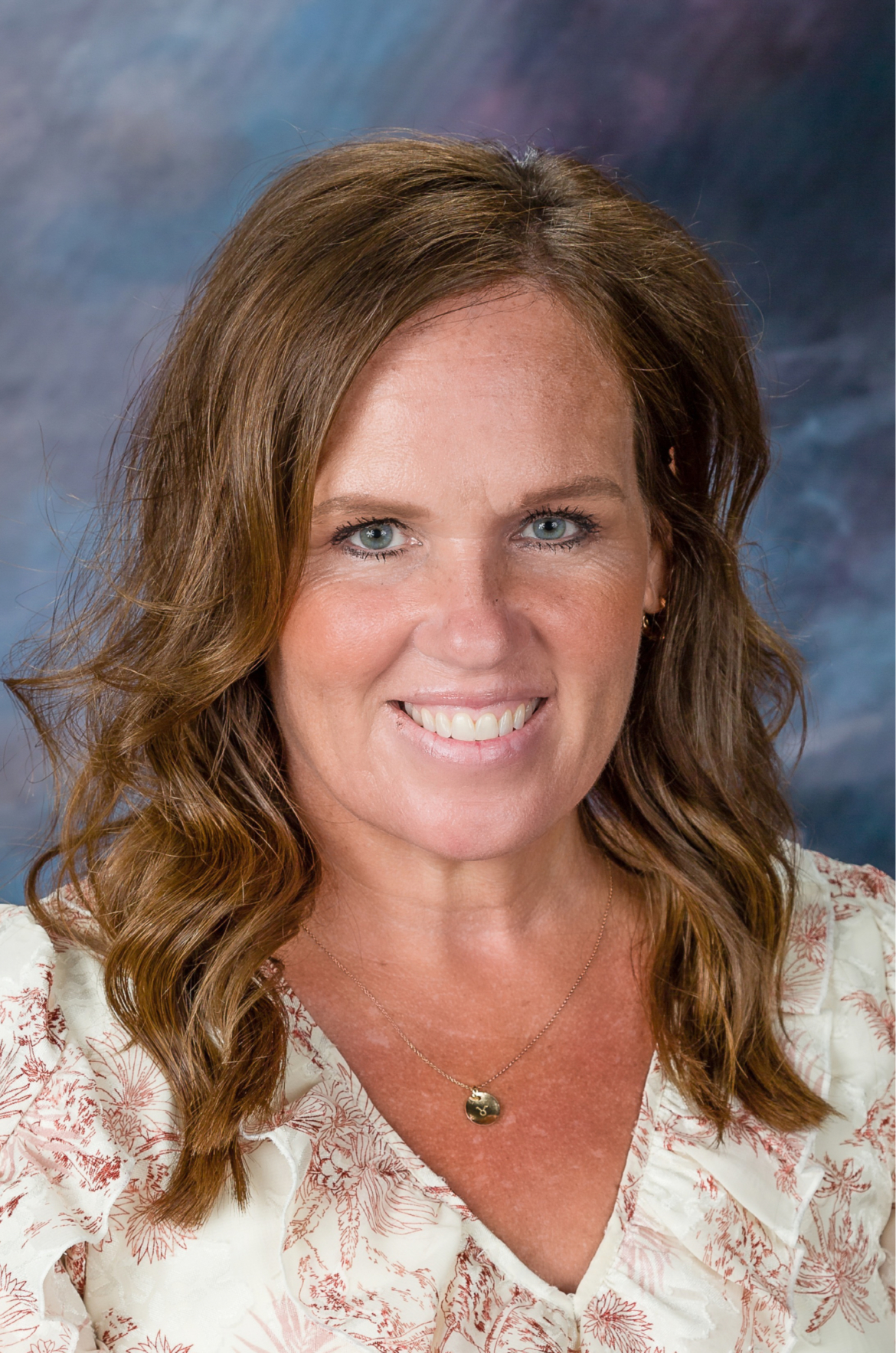
Kristie L. Wheeler
Centennial Elementary School
Orem, Utah
kwheeler@alpinedistrict.org
Best Practices
1) Implementation of RTI Best Practices: In Alpine School District, our Vision for Learning states that “Our students will acquire the knowledge, skills and dispositions in each content area, and the fundamental capacities of collaboration, critical thinking, communication, creativity, citizenship and character”. In order to achieve this vision, a critical best practice was to ensure that our faculty and staff understood the RTI framework. I was able to work with the principal and school psychologist in setting up a summer training on the RTI practice. Our school psychologist defined it and walked our staff through the necessary protocols in order to achieve best practices in this area. We realized that many of our teachers needed instruction, resources and school policy that were in alignment. We created a School Intervention Team (SIT), which consists of our school psychologist, counselor, administration, resource teachers, speech language pathologist, and two general education teachers. Our teachers now know how to follow the protocol when bringing a student in for behavior or academic concerns. There are teacher protocols, team protocols and SIT team protocols that we have defined and are currently using.
2) The second best practice that I was part of was helping to create the Mission, Vision and Values. We needed to know and understand why we exist and how we were going to achieve it. This took two full days with our staff to work through and then several more meetings to define our values or commitments. We used the Learning by Doing manual by DuFour, DuFour, Eaker, Many and Mattos. This guided us through the why, what, and how of the mission process. “Educators who believe that merely clarifying or reaffirming their mission will somehow improve results are certain to be disappointed. In fact, in many schools, developing a mission statement has served as a substitute, rather than a catalyst, for meaningful action. Merely drafting a new mission statement does nothing to close the knowing-doing gap” (Pfeffer & Sutton, 2000). When I read this quote, I knew that the best practice would be in the work of creating it. We would need to work together as a faculty to define it and brainstorm about it. This was one of the single most unifying projects of the consolidation. Now, three years later, we read our mission at every SCC meeting, collaboration meeting, CTL meeting, faculty meeting, and we share it on our website and front-office screen as well. You can also see our vision throughout the school so that all who enter know that we are Happy, United and Successful.


